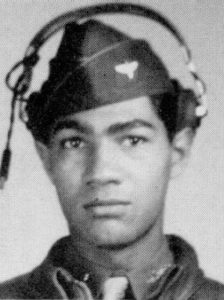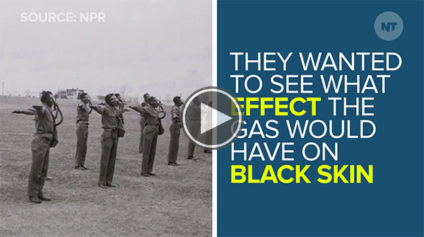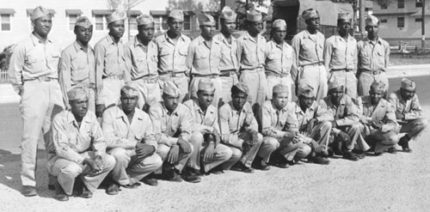
The Tuskegee Airmen trained for World War II at the segregated Tuskegee Army Air Field in Alabama.
The remains of a Tuskegee Airman who went missing during World War II may have been found, according to a new report about human remains recently discovered in Europe.
The Defense POW/MIA Accounting Agency (DPAA) is examining the likelihood that human remains and other objects retrieved from a crash site in Austria may have been those of Capt. Lawrence E. Dickson, according to a Sunday, April 8, article from The Washington Post.
Should it be Dickson, one of 900 Black pilots trained at Alabama’s Tuskegee Army Air Field during WWII, he’d be the first Tuskegee Airman DPAA has accounted for. There’s also a chance he’d be the first of 27 missing Tuskegee Airmen found since the war ended.
After leaving his base in Italy on Dec. 23, 1944, 24-year-old Dickson’s plane began losing speed. He turned back toward home, but the plane continued to fail, going down over what the other two pilots in his formation thought was a mountainous region of northeastern Italy.

Capt. Lawrence E. Dickson was a 24-year-old black fighter pilot. (Defense POW/MIA Accounting Agency)
Following the end of the war in Europe, his wife, Phyllis Dickson, who had received a telegram in January 1945 informing her that “Dickson has been reported missing in action,” sent a letter to the War Department saying she’d been “greatly distressed” and hoped to receive news about her husband.
The army had also searched for Dickson in the mountainous area where his plane was thought to have gone down, but neither his plane nor his remains were found.
Yet 68 years after the Army recommended his body be deemed “nonrecoverable,” his daughter, Marla L. Andrews, 75, got a call saying the search for Dickson’s remains was on. This followed an archaeological team discovering portions of a P-51 Mustang, which he flew, and human bones.
Andrews — who said there was a void over the father she longed to know — and other family members recently provided cheek swabs to compare with DNA material taken from a bone at the crash site.
Now it’s a waiting game.
“At this age, I’m supposed to know that you roll with the punches,” she told The Washington Post. “You take it as it comes.”

